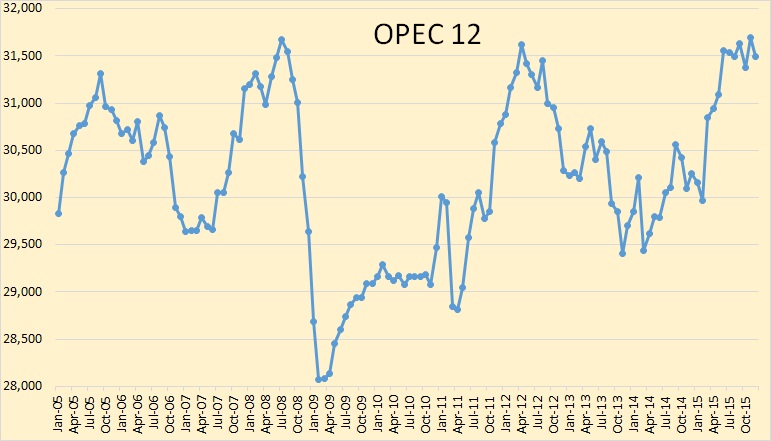Lenders to the oil and gas industry have been extraordinarily lenient amid the worst downturn in decades, allowing indebted companies to survive a little while longer in hopes of a rebound in oil prices. But the screws are set to tighten just a bit more as the periodic credit redetermination period finishes up.
Banks reassess their credit lines to oil and gas firms twice a year, once in the spring and once in the fall. While the lending arrangements vary from bank to bank and from borrower to borrower, lenders largely punted on both redetermination periods last year, providing a grace period for drillers to wait out the bust in prices. But oil prices have not rebounded much since the original crash in late 2014.
Time could run out for companies that have been hanging on by a thread.
Debt was not seen as a big problem in the past, as triple-digit oil prices had both lenders and borrowers eager to see drilling accelerate and spread to new frontiers. Indeed, debt rose even when oil prices exceeded $100 per barrel. According to The Wall Street Journal, the net debt of publically-listed global oil and gas companies grew threefold over the past decade, hitting a high of $549 billion last year. In fact, debt accumulated in the sector at a faster rate between 2012 and 2015 – a period when oil prices were exceptionally high – than in previous years.
With oil prices down more than 60 percent from the 2014 peak, piling on ever more debt to a loss-making operation looks increasingly untenable. Distressed energy loans – loans in danger of default – account for more than half of the energy portfolio at several major banks.
…click on the above link to read the rest of the article…








